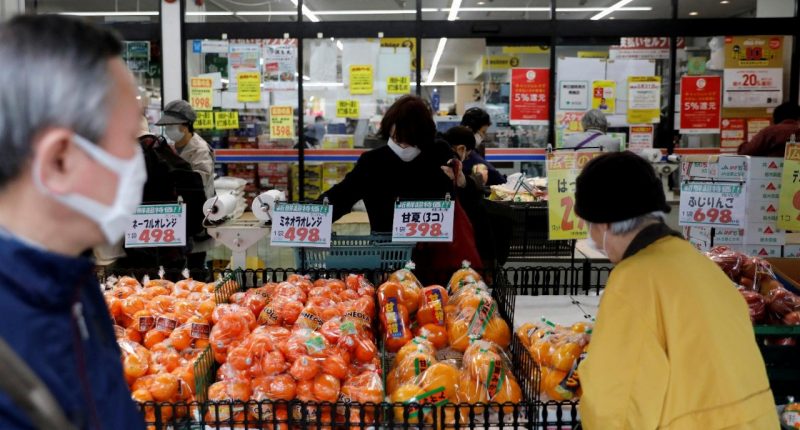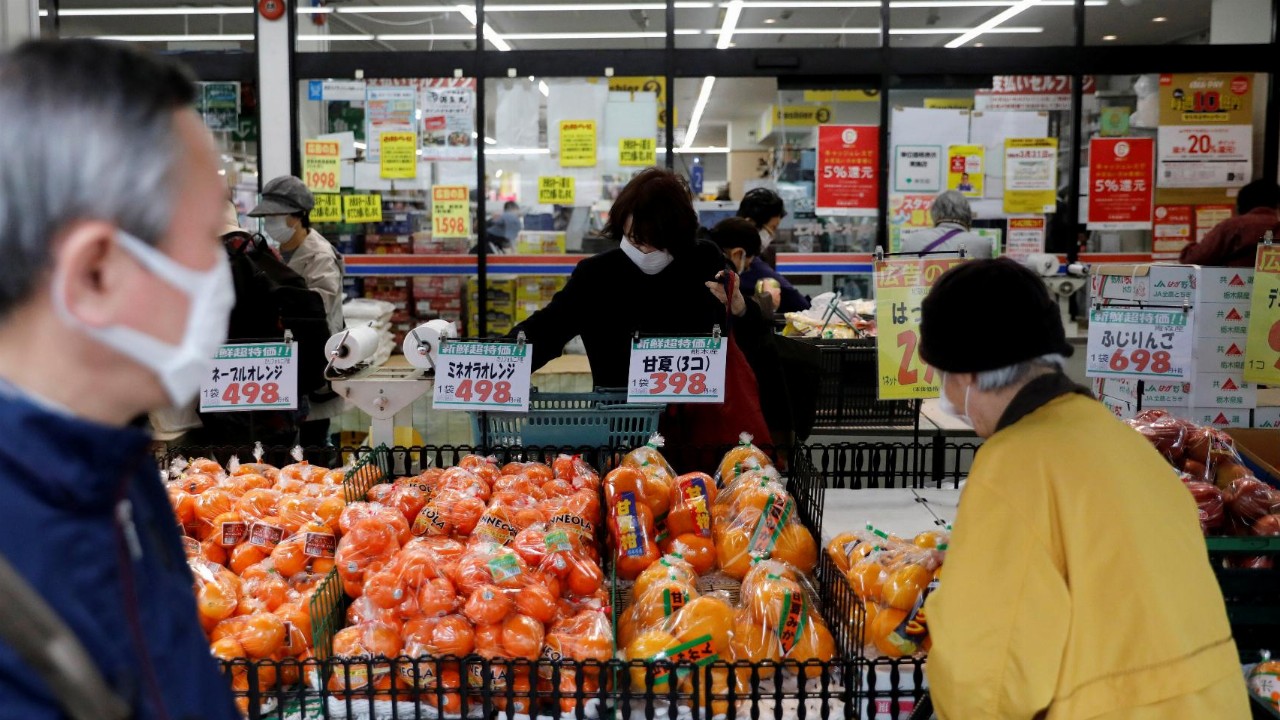- Japan’s core consumer inflation rate in April reaches 2.1 per cent, rising above its central bank’s target of 2 per cent for the first time in seven years
- Surging costs of imports are largely responsible for the increase as opposed to higher local prices
- While inflation is only marginally above the Bank of Japan’s (BOJ) 2-per-cent target, it reinforces market concerns that the central bank may begin to tighten its monetary policy
- Japan’s central bank has previously outlined plans to keep monetary policy extremely loose given the country’s inflation rate remains lower than many other countries
- With wage growth remaining sluggish even as inflation rises, analysts suggest higher prices could negatively impact companies and individuals
Inflation continues to bite around the world, with Japan’s core consumer price index in April rising above its central bank’s target of 2 per cent for the first time in seven years.
Japan’s core inflation rate reached 2.1 per cent in April — its quickest rise since 2015. However, the 2015 surge was driven by a hike in the country’s sales tax; when not accounting for the tax increase, Japan’s inflation has not been this high since 2008.
It seems a surge in the cost of imports is largely responsible for Japan’s inflation as opposed to strong domestic demand.
The core CPI data for Japan excluded the price of fresh food, which tends to be highly volatile, but included energy prices which have skyrocketed on the back of global supply concerns and the Russia-Ukraine military conflict in the Middle East.
While inflation is only marginally above the Bank of Japan’s (BOJ) 2-per-cent target, it reinforces market concerns that the central bank may begin to tighten its monetary policy.
Interestingly, the BOJ has for years struggled to get inflation to remain comfortably above 1 per cent. Analysts told Reuters that while the inflation rate is now closer to the bank’s target, the fact that it was driven by higher imports rather than domestic prices meant this was no cause for celebration.
Executive research fellow at NLI Research Institute Taro Saito said inflation stemming from higher import costs was a burden on companies and households.
“If wages rose, households could hope for higher real incomes, but they aren’t rising, so households are being impacted negatively,” Mr Saito said.
While Japan’s wage growth has been somewhat sluggish, with wage data from March showing real wages shrank, the country’s inflation rate remains well below other large economies.
The United States, for example, has seen inflation above 8 per cent over March and April — the highest rates recorded in the country in 40 years.
In Australia, the Reserve Bank said in early May it expected headline inflation to reach 6 per cent and underlying inflation to reach around 4.75 per cent before the end of 2022.
With Japan’s rate still far lower than many other countries, its central bank has maintained its intentions to keep monetary policy extremely loose to hold inflation around 2 per cent even as other major central banks are tightening monetary policy to curb consumer price hikes.







